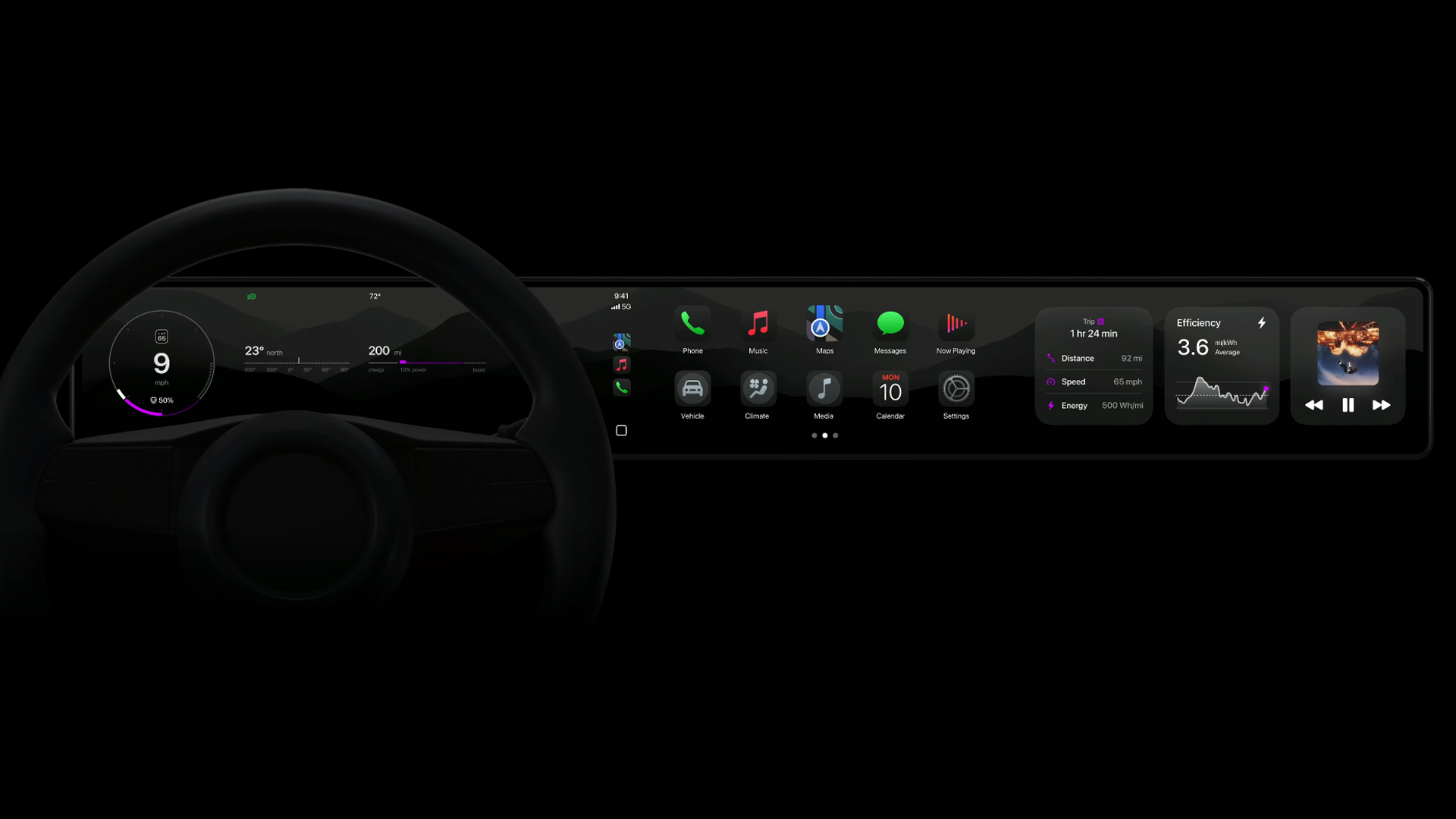
Apple's next-generation CarPlay will be able to take over all your car's screens and allow car manufacturers to create a customised design for their vehicles.
It's said to be coming in 2024.
Apple has been teasing the next generation of Apple CarPlay since 2022. But, while CarPlay itself gets the odd change here and there, there's something more significant coming down the line – the takeover of all your vehicle's screens. At WWDC 2024, Apple gave us a closer look at what to expect.
The next-gen Apple CarPlay is something of a hot potato. When Apple first showed us next-gen CarPlay, Emily Schubert, engineering manager, car experience at Apple said that in the US, 79% of car buyers would only make that purchase if the vehicle supported CarPlay. That's something I've heard from manufacturers too – that smartphone connectivity is seen as vital.
People want simplicity and familiarity, and taking the apps and services from a phone into the car without having to install anything, sign-in or anything else makes the experience smoother for drivers.
Apple, however, has designs on more of your car's displays. The next generation of CarPlay is being positioned to take over all the displays in your car and that means it will be able to show information that has previously been under the purview of the car manufacturer. Apple pitches it as "the very best of your car, combined with the best features and familiar interaction patterns of your iPhone".
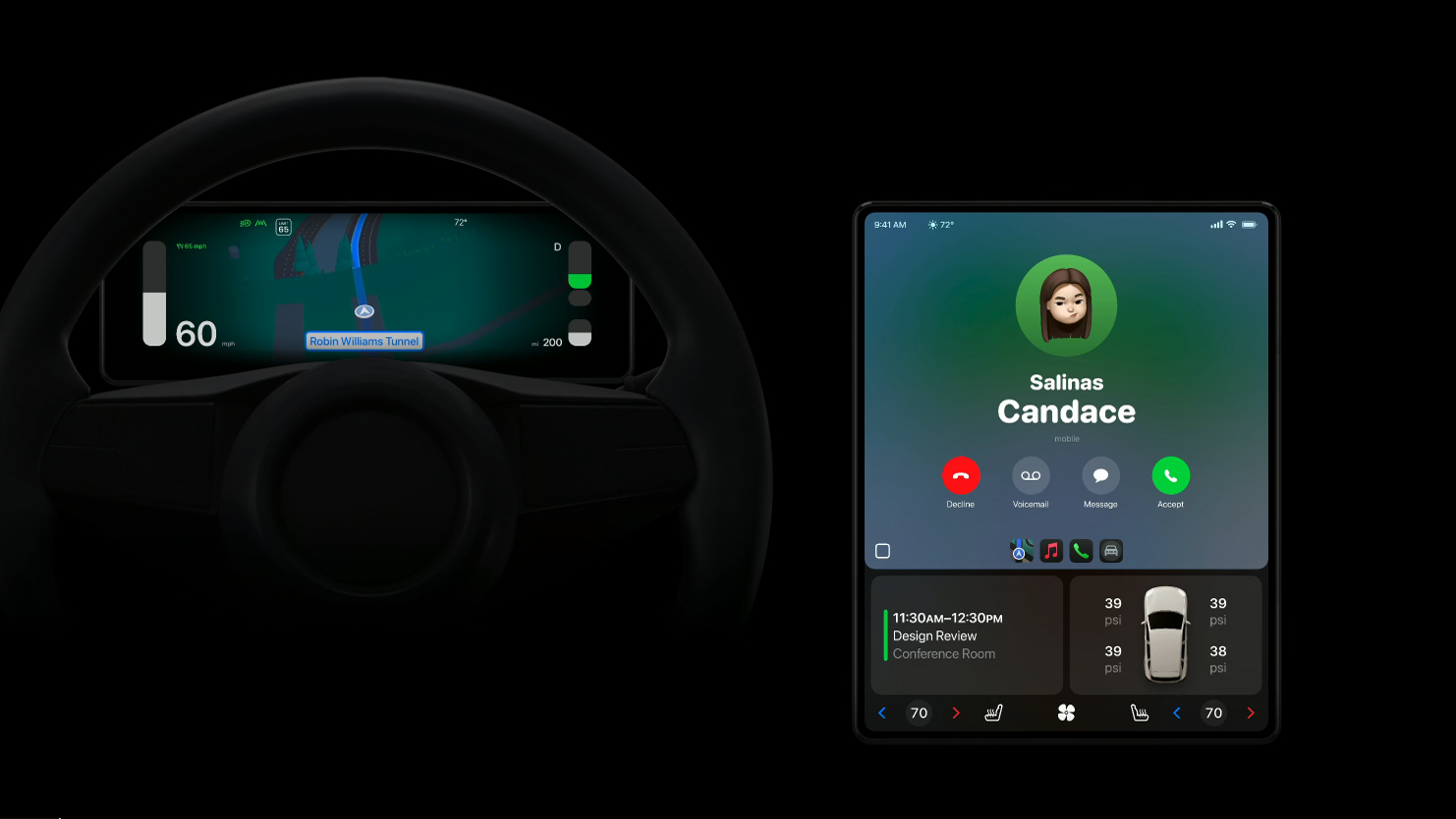
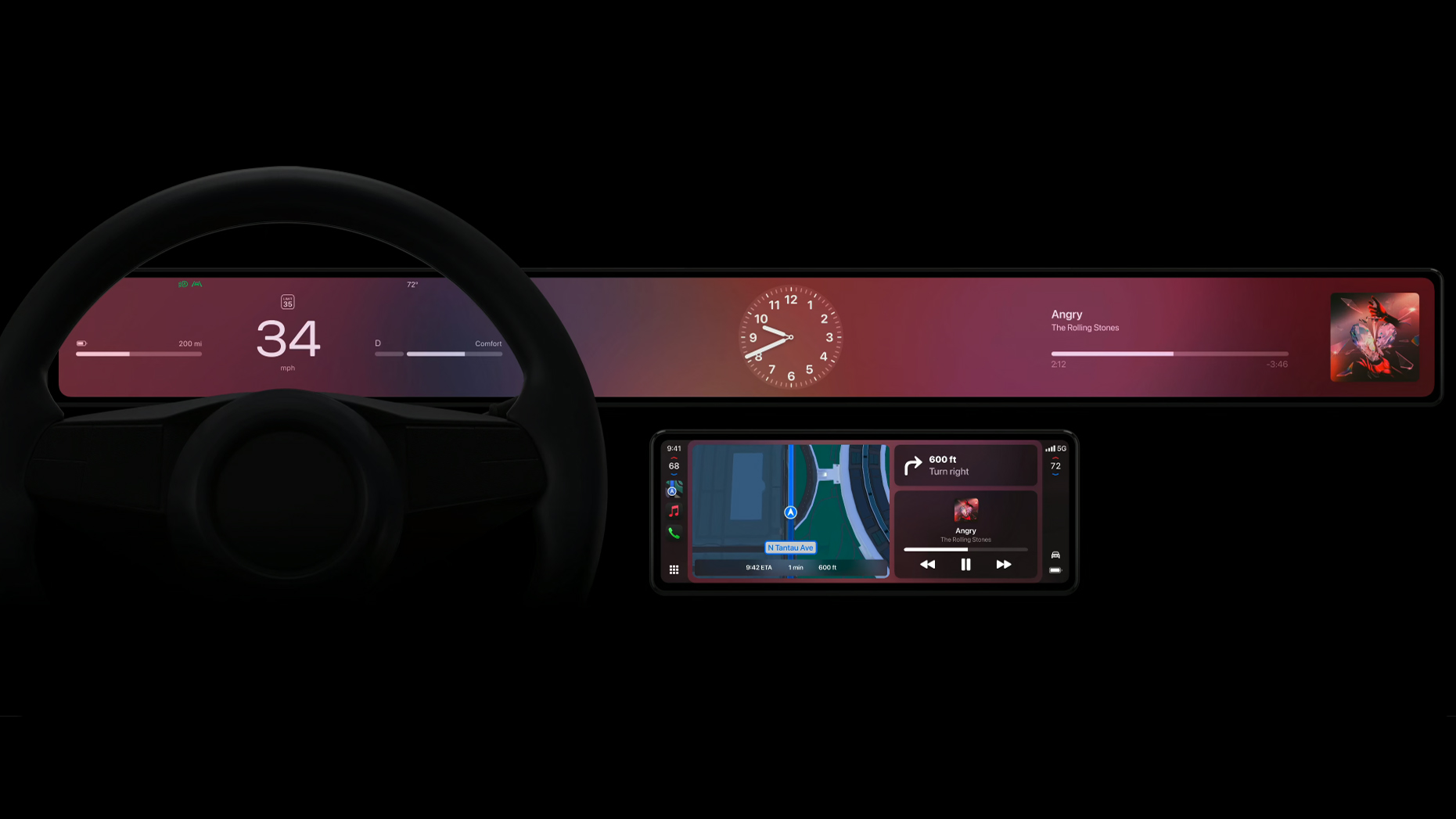
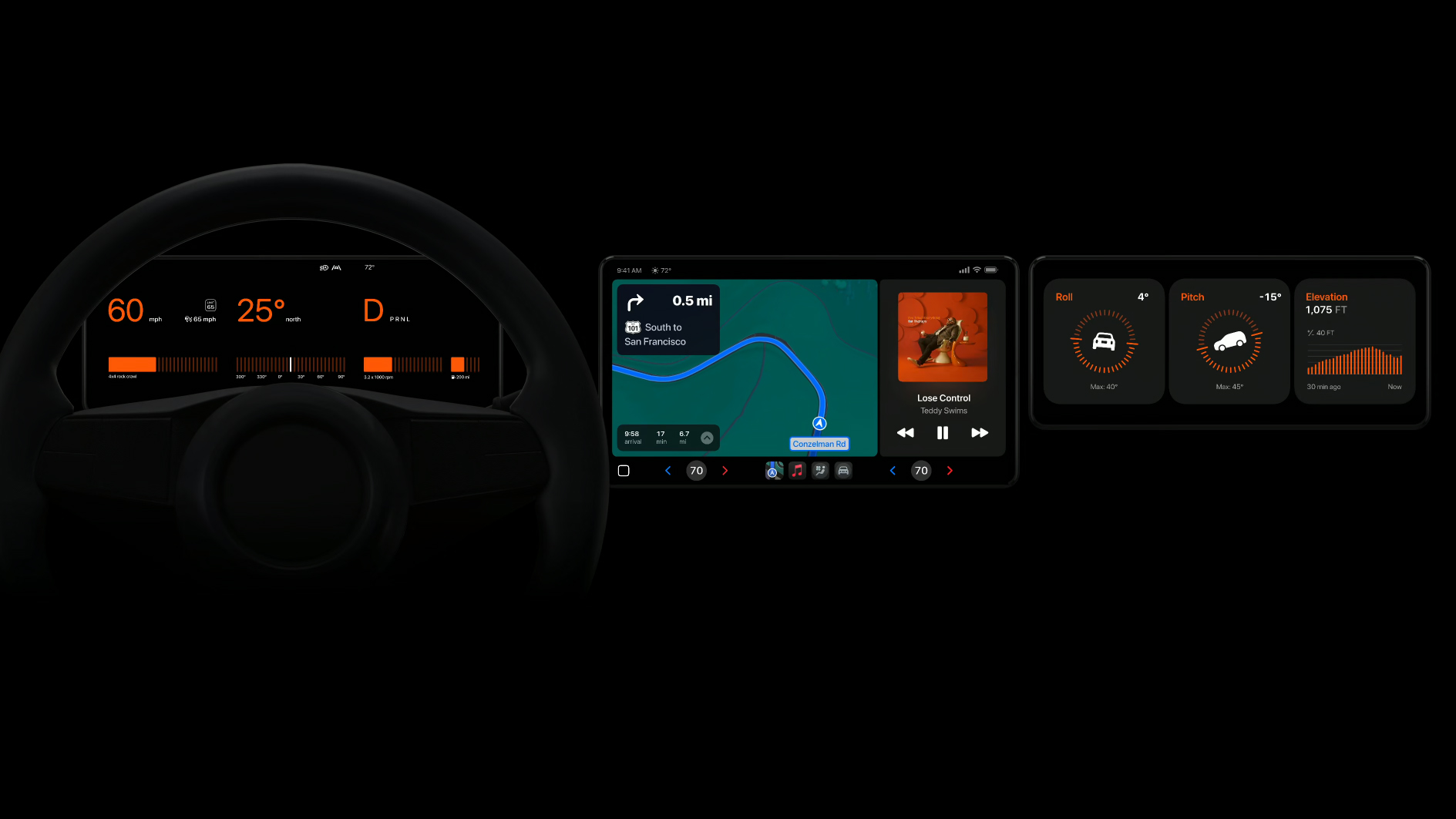
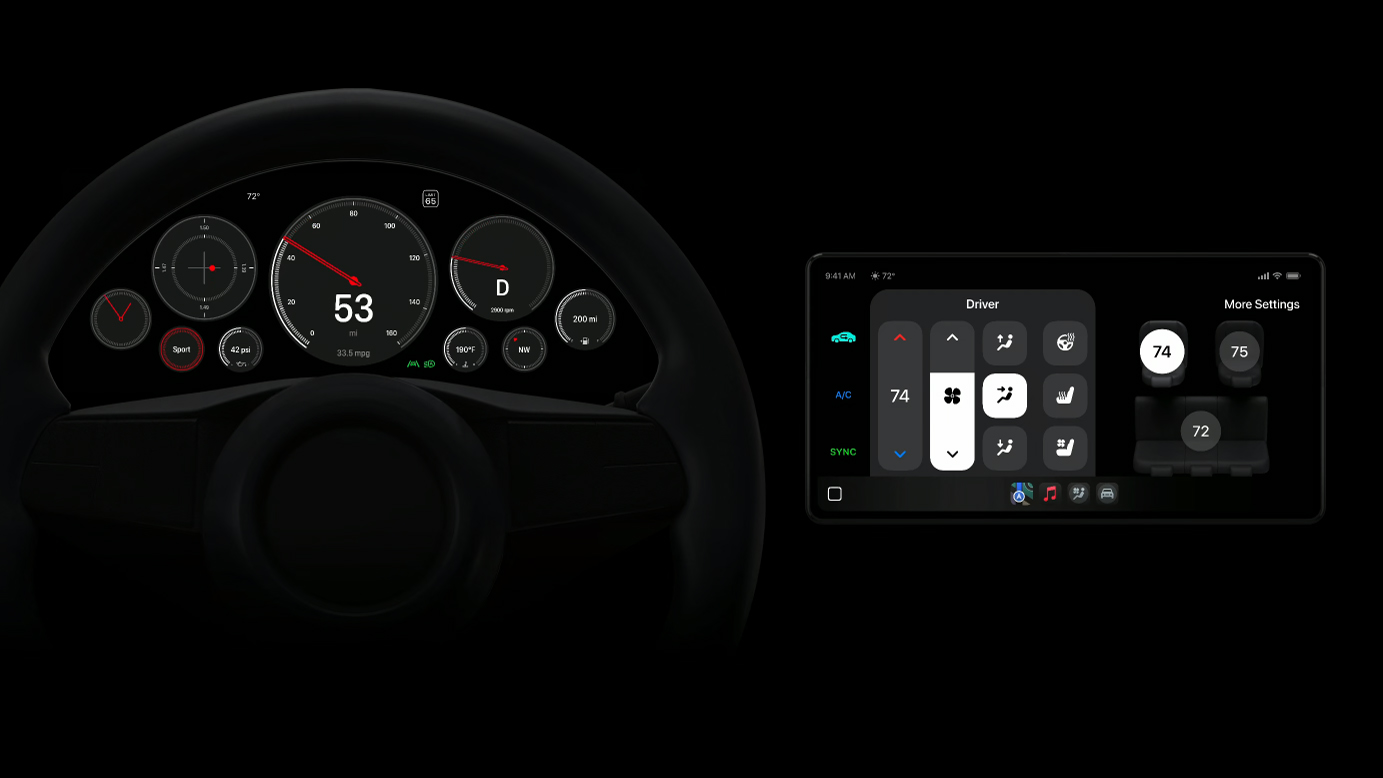
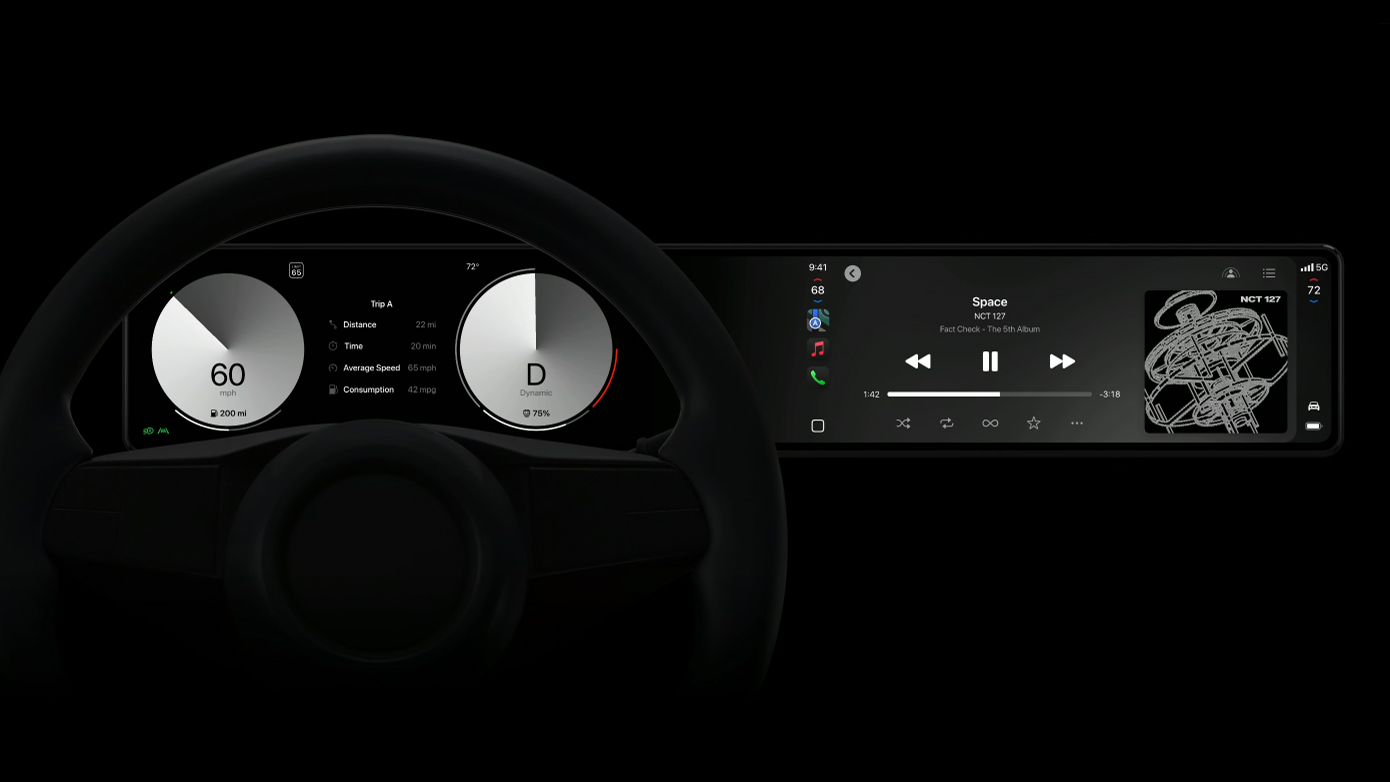
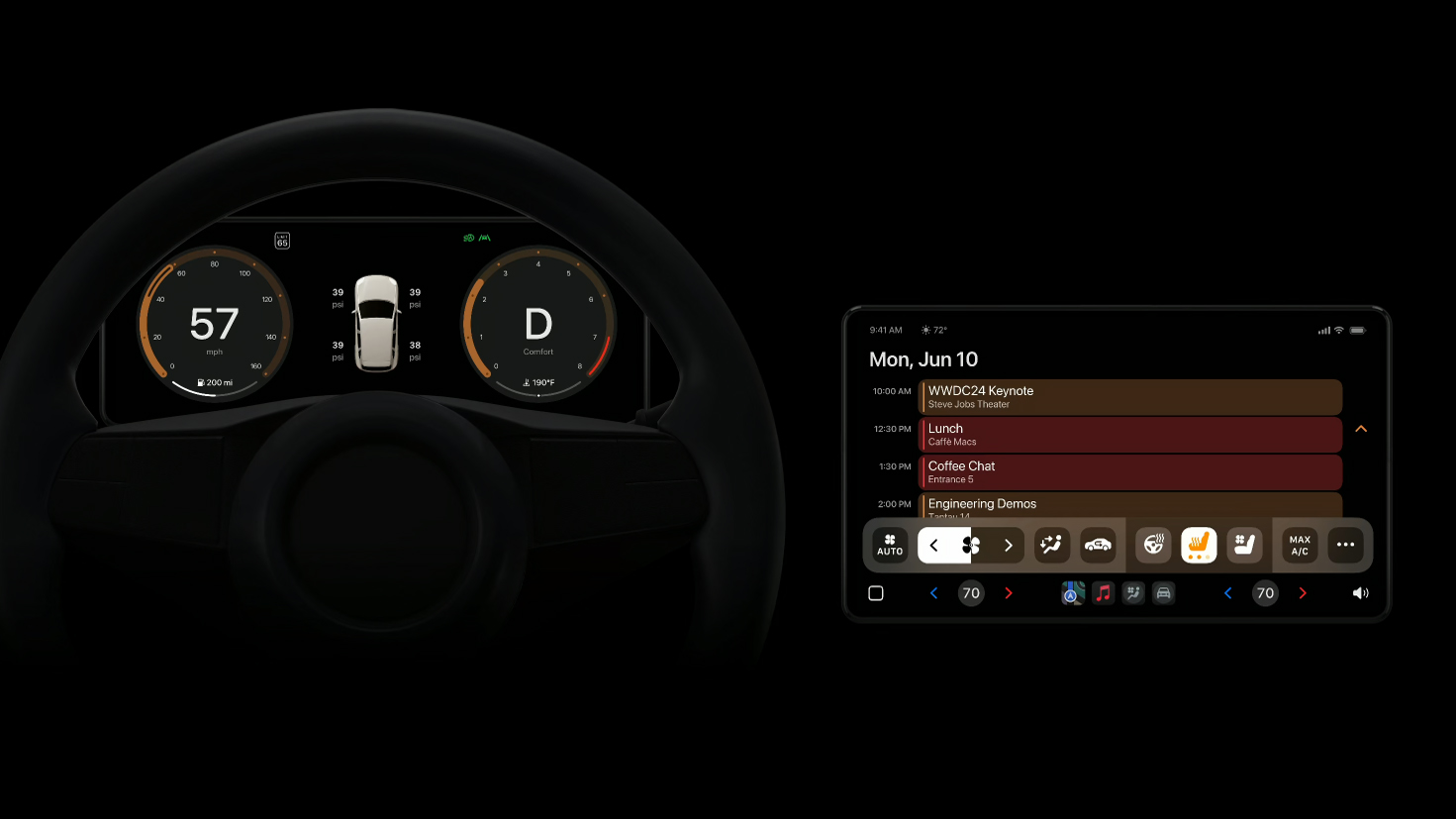
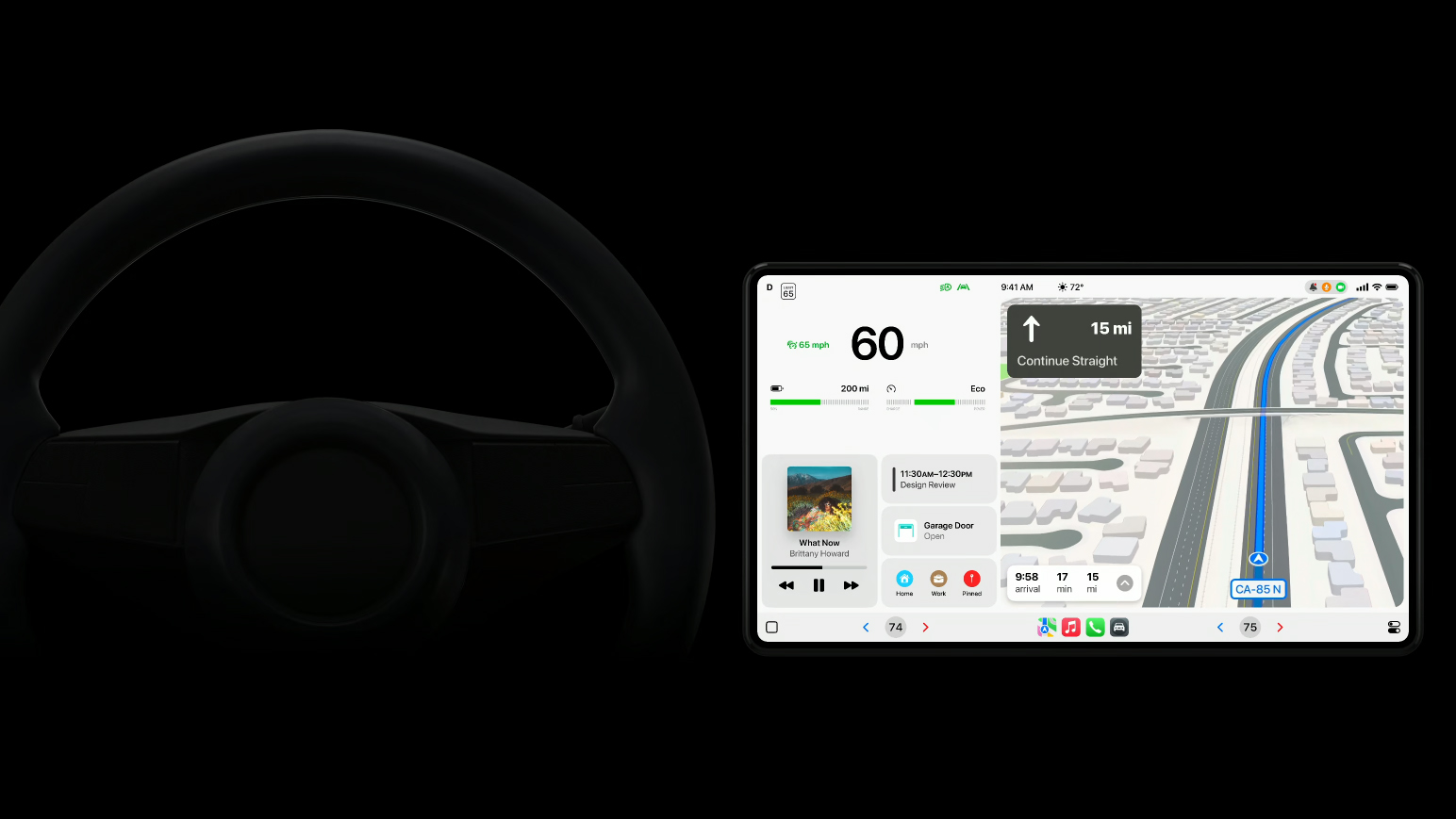
That's where the contention comes in: BMW has been quite vocal about retaining control of the car experience and while it supports Apple CarPlay, it won't be turning to Apple to deliver information that is fundamental to the car, like charging, the dials and so on. Mercedes too is pouring a lot into the new MBOS system, to deliver a premium Mercedes experience.
Apple hosted a couple of sessions at WWDC 24 focused on design and architecture of next-gen Apple CarPlay. It's worth stressing that this is for automakers to design something for their cars, rather than for consumers to completely customise the design for themselves (although there is some scope for customisation for users within the system).
We've previously seen Porsche and Aston Martin previewing this customised look, using their own brand heritage to influence the design of the instrument cluster, and the new visuals outline just how flexible this new system is going to be. It will allow car manufacturers to easily craft a seamless CarPlay experience across all areas of the car.
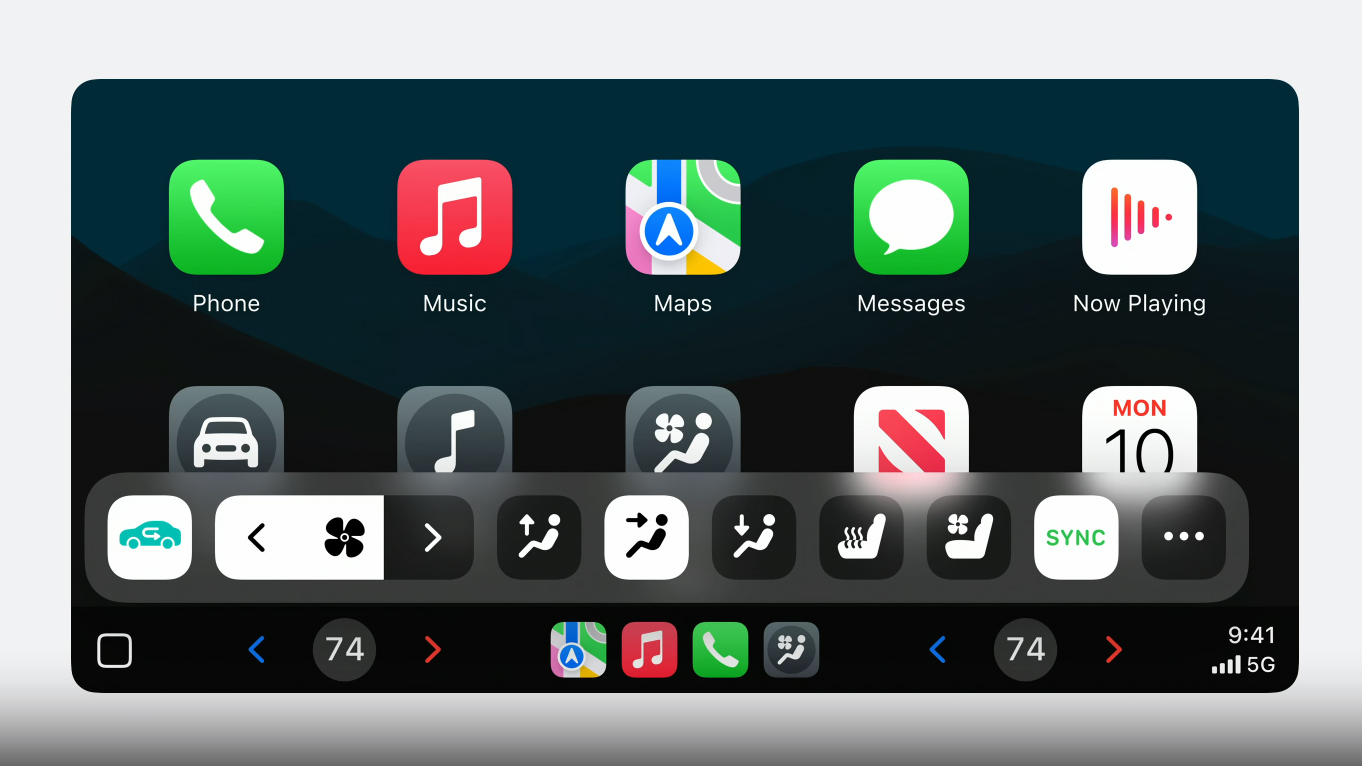
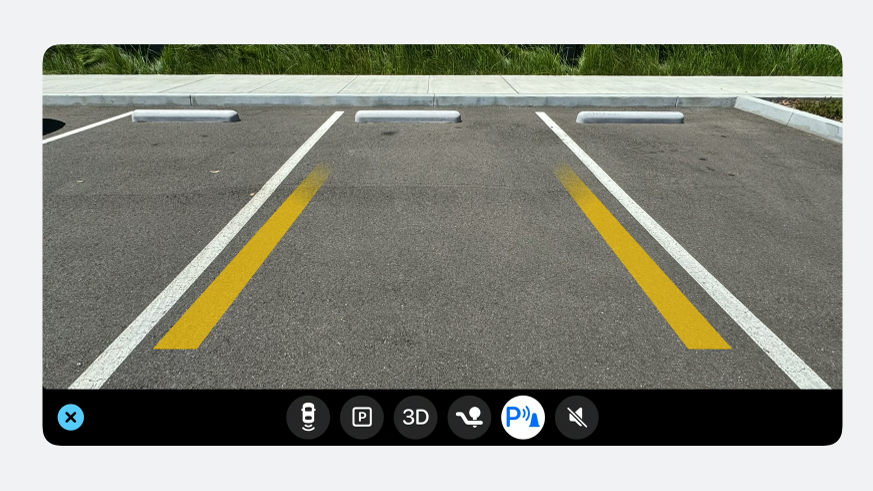
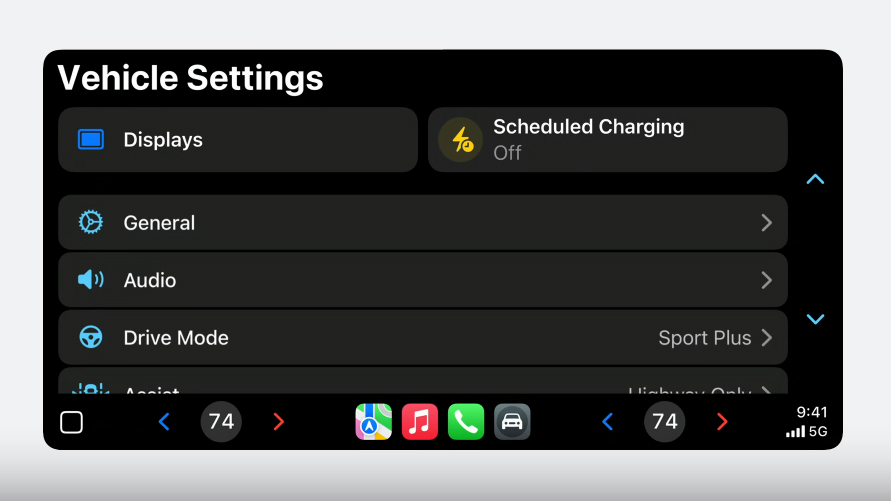
That's going to bring uniformity to the look and feel of interactions, with Apple going as far as sharing visuals for things like climate control systems and what might happen when you press a drive mode button in your car. However, it stresses throughout that the next-gen CarPlay is really customisable and will make it really easy for car manufacturers to create a cohesive visual design across all areas of their car.
That could be the problem, as brands like BMW and Mercedes are making clear.
While this is all exciting – and some cars have user interfaces that are clunky and outdated – there's a risk that a huge swathe of cars just end up being the same, no matter what brand you buy. If everything just looks like it was lifted from the iPad, there's a chance that things will get a little boring.
So let's hope that car manufacturers find a great balance between keeping some brand identity and providing a user experience that enhances things.
As a reminder, here's the list of brands that were originally said to be interested in supporting next-gen Apple CarPlay:
- Acura
- Audi
- Ford
- Honda
- Infiniti
- Jaguar
- Land Rover
- Lincoln
- Mercedes-Benz
- Nissan
- Polestar
- Porsche
- Renault
- Volvo
We'll keep an eye on this and report when we find out more.







